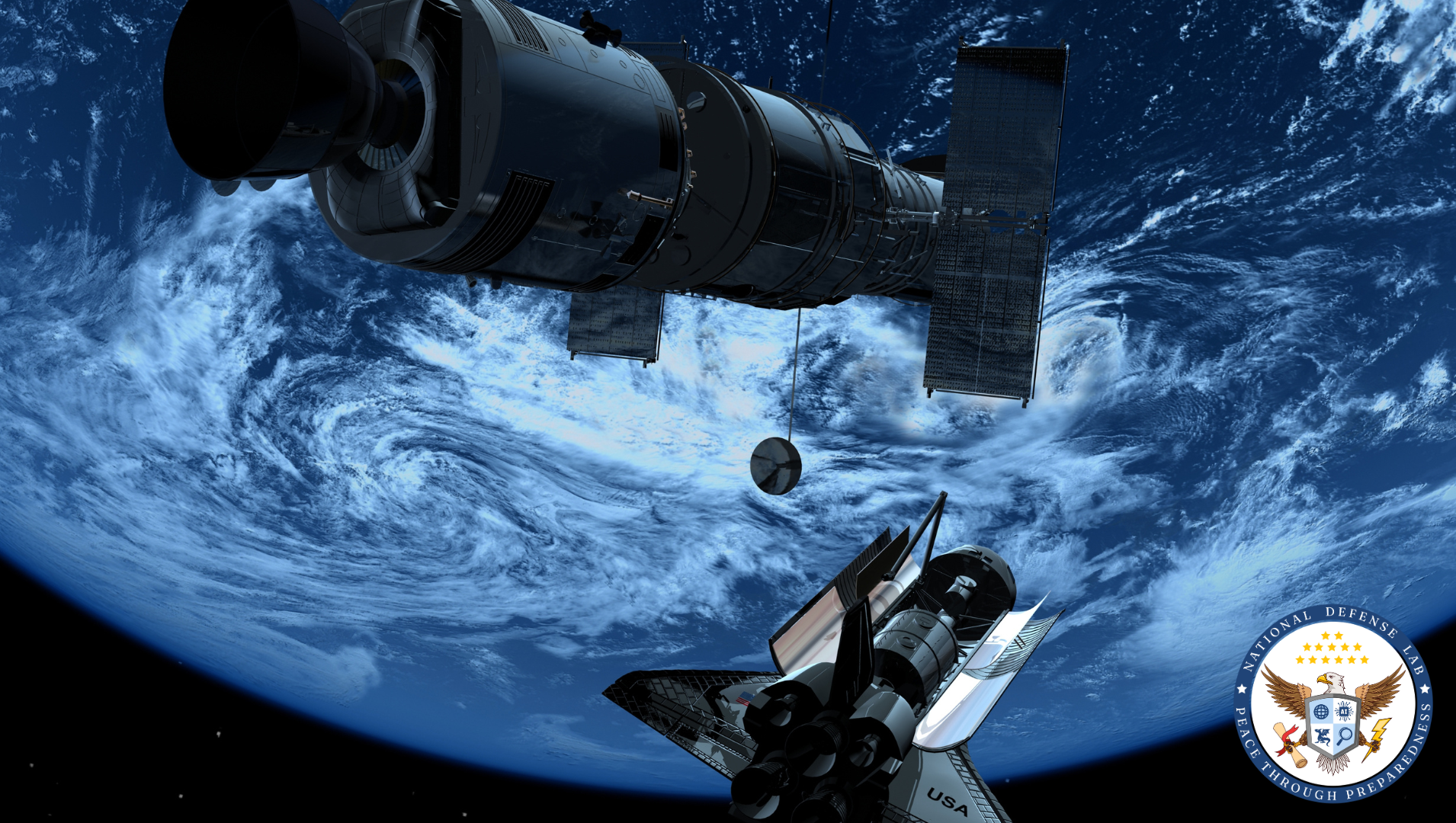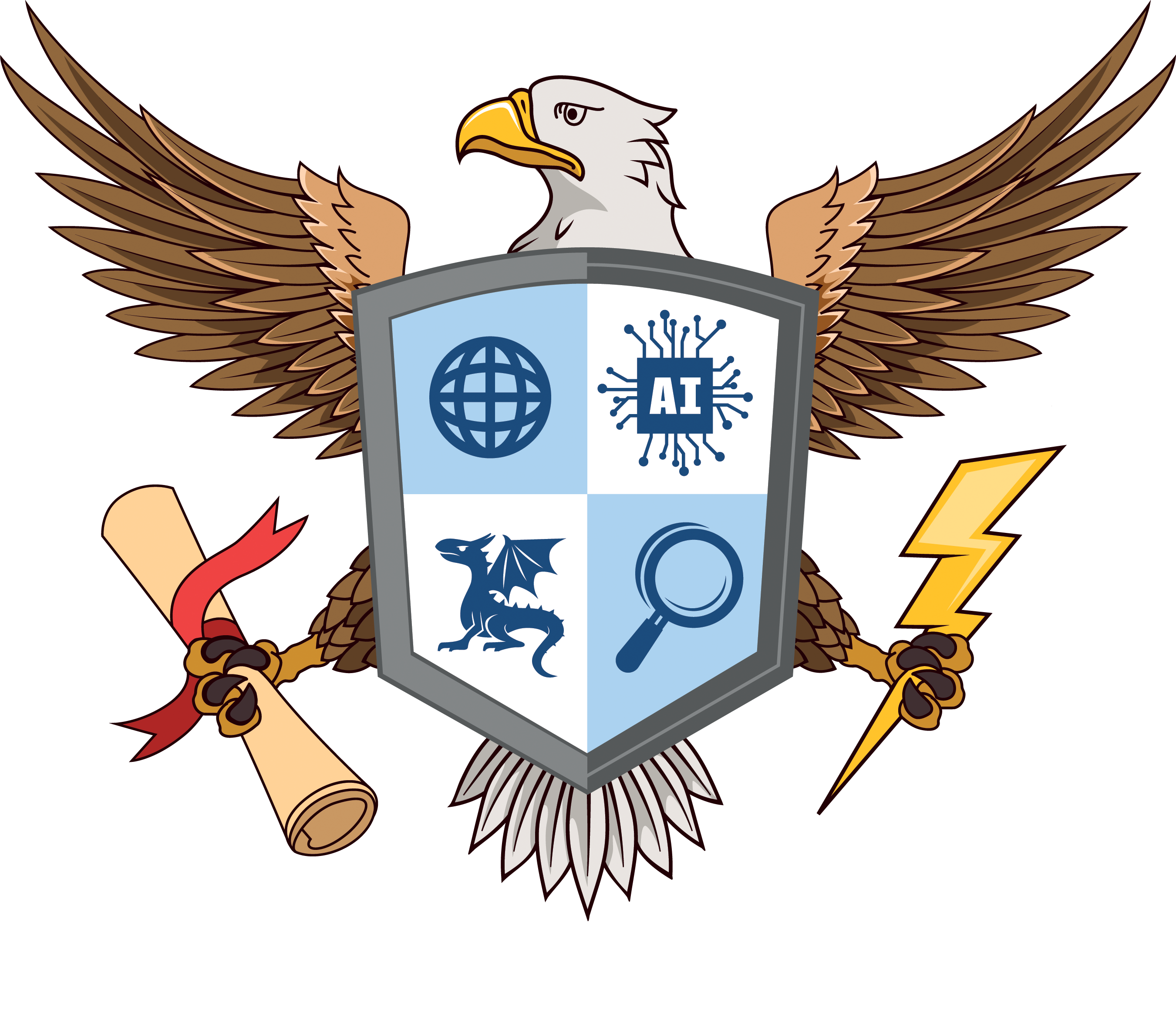Supercharge your defense operations with NDL solutions. Dive into a partnership that expands your team's cognitive reach. Ready to amplify your project's impact?
Situational Awareness in Space: The Keystone of Secure Operations

As space becomes increasingly congested, the ability to monitor and analyze space activities has become paramount for ensuring the safety and security of space missions. Situational awareness, the ability to detect, understand, and predict space events, is crucial for identifying potential threats and maintaining a secure operational environment. This blog explores the importance of situational awareness in space, the technologies involved, and the challenges of monitoring an ever-growing number of objects in orbit.
The Importance of Situational Awareness in Space
In space operations, situational awareness refers to the continuous monitoring and understanding of the environment in which space assets operate. This includes tracking satellites, space debris, and other celestial bodies and understanding their behavior and potential impact on operational assets. The growing number of active satellites, combined with the increasing amount of space debris, has made situational awareness more critical than ever.
Without accurate and timely situational awareness, space missions risk catastrophic collisions, losing valuable assets, and creating more debris. In addition, as space becomes a contested domain, understanding the activities of other nations' space assets is crucial for national security. The ability to detect and analyze potential threats in space is a matter of operational safety and a strategic imperative.
Technologies Enhancing Situational Awareness
Various advanced technologies and methodologies are employed to achieve effective situational awareness in space. These include ground-based radar systems, optical telescopes, space-based sensors, and, increasingly, artificial intelligence (AI) and machine learning algorithms. Each technology plays a unique role in detecting, tracking, and analyzing space objects and activities.
Ground-Based Radar Systems: Radar systems on Earth are essential for tracking objects in low Earth orbit (LEO). These systems can detect objects as small as a few centimeters in size and provide continuous monitoring of their trajectories. Radar systems are particularly useful for tracking space debris, which poses a significant threat to operational satellites.
Optical Telescopes: Ground-based and space-based optical telescopes are used to observe objects in higher orbits, such as geostationary orbit (GEO). These telescopes provide detailed images of space objects, allowing analysts to identify and classify them. Optical systems also detect new objects and monitor their movement over time.
Space-Based Sensors: Satellites equipped with sensors can continuously monitor space activities from orbit. These sensors can detect objects that may not be visible from Earth and offer a unique perspective on space activities. Space-based sensors are particularly valuable for monitoring the space environment in real-time, providing critical data for situational awareness.
Artificial Intelligence and Machine Learning: The vast amount of data generated by radar systems, telescopes, and sensors requires sophisticated processing to identify potential threats. AI and machine learning algorithms are increasingly being used to analyze this data, detect patterns, and predict the behavior of space objects. These technologies enable more efficient and accurate monitoring, reducing the likelihood of missing critical information.
Challenges in Maintaining Situational Awareness
While the importance of situational awareness in space is clear, achieving and maintaining it is fraught with challenges. The sheer number of objects in orbit, the limitations of current tracking technologies, and the potential for intentional interference all complicate efforts to maintain a clear understanding of the space environment.
Proliferation of Space Debris: One of the most significant challenges to situational awareness is the proliferation of space debris. With tens of thousands of objects larger than a baseball currently being tracked in orbit and many smaller objects, monitoring all potential collision threats is daunting. The increasing number of small satellites and mega-constellations being launched further exacerbates this problem, adding to the congestion in key orbital regions.
Tracking Limitations: Despite advances in technology, current tracking systems have limitations. Ground-based radars and optical telescopes can only observe objects when they are in range and under favorable conditions. While providing a more comprehensive view, space-based sensors are limited by their coverage area and the resolution of their instruments. As a result, there are gaps in our ability to monitor all objects in orbit continuously.
Potential for Interference: As space becomes more contested, the potential for intentional interference with space situational awareness (SSA) systems grows. This can include jamming radar signals, blinding of optical sensors, or cyber-attacks on data processing systems. Ensuring the resilience of SSA capabilities in the face of such threats is an ongoing challenge for space operators.
Data Management and Analysis: The vast amount of data generated by SSA systems poses a significant challenge in management and analysis. Processing this data to identify potential threats in real-time requires significant computational resources and advanced algorithms. Ensuring that SSA systems can keep pace with the increasing volume of data is critical for maintaining situational awareness.
The Future of Space Situational Awareness
As the space environment evolves, so must the technologies and methodologies used to maintain situational awareness. The future of SSA will likely involve a combination of enhanced sensor capabilities, more sophisticated AI and machine learning algorithms, and greater international cooperation.
Enhanced Sensor Capabilities: Future SSA systems will likely incorporate more advanced sensors with higher resolution and greater coverage areas. This may include next-generation radar systems, more powerful optical telescopes, and additional space-based sensors. These advancements will enable more comprehensive monitoring of the space environment and improve object tracking accuracy.
AI and Machine Learning: The role of AI and machine learning in SSA will continue to grow, with these technologies playing an increasingly central role in data analysis and threat detection. As algorithms become more sophisticated, they can more quickly and accurately process larger volumes of data, providing operators with near-real-time insights into the space environment.
International Cooperation: Given the global nature of space, international cooperation will be essential for effective SSA. Sharing data and resources between nations can help to fill gaps in coverage and improve the overall understanding of the space environment. Additionally, international norms and agreements can help to mitigate the risks posed by space debris and other potential threats.
Conclusion
Situational awareness is the keystone of secure space operations, enabling operators to detect, understand, and respond to potential threats in the space environment. As space becomes more congested and contested, the importance of SSA will only grow. By leveraging advanced technologies, addressing challenges, and fostering international cooperation, the space community can ensure that situational awareness remains a cornerstone of safe and successful space missions.



